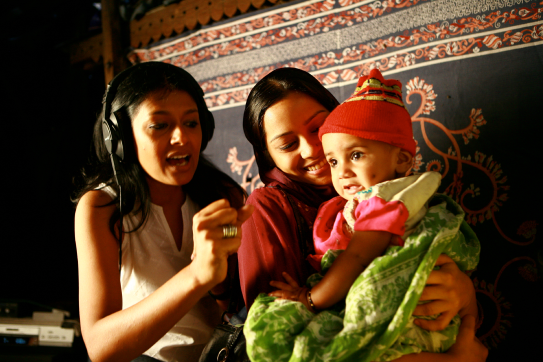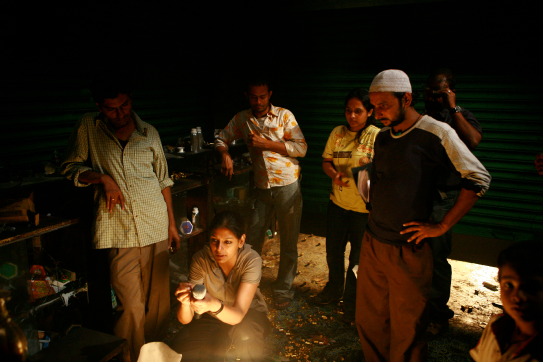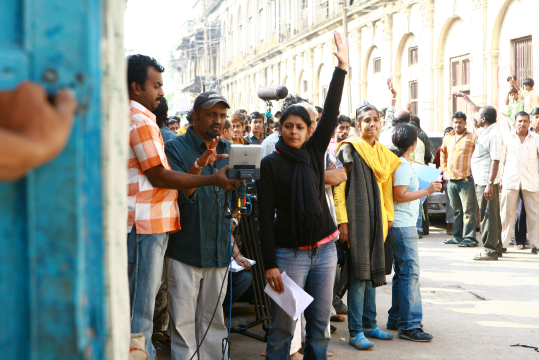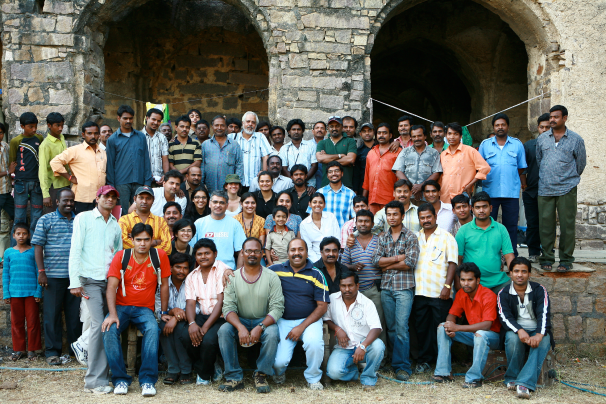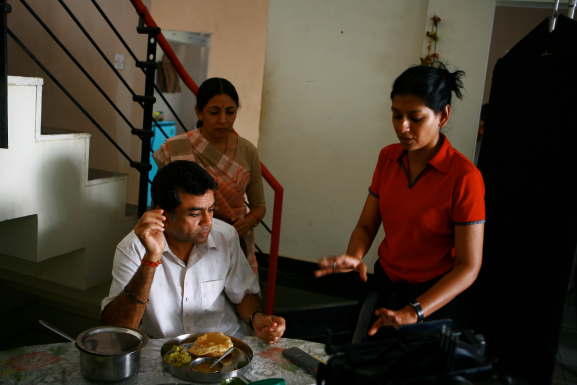Dialogue, debate and dissent
- February 1, 2015
This was before Fire was released in India, but that same year, in 1998, my father came home one day, terribly shaken. He had been part of a peaceful protest against the attacks on M.F. Husain and in support of freedom of expression. A group of hooligans tried to stop the march and hurled abuses at the 83-year-old eminent artist. My father, appalled at the hateful language, requested them to not be so disrespectful. Not just as a fellow artist and friend, but as an outspoken man himself, he thought that was the least he should do. But this was provocation enough for them to try to physically assault him and chase him into a nearby building, where he thankfully was able to bolt himself in. What had further aggravated the attackers was that they thought he was a Muslim, thanks to his flowing beard!
He was traumatised, not only by the physical threat, but also because something very fundamental within him had been attacked. He urged me to be more cautious, even though he had never before wanted me to be anything but fearless. While I have not heeded his advice, I understood his concerns as a parent. I have had my share of attacks over time: during the release of Fire, shooting of Water and the marketing of Firaaq, not to mention the daily dose on social media and through emails these days.
But to me, these violations are no more personal than are the attacks on Tamil writer, Perumal Murugan’s book or on Raju Hirani’s film PK or on the MS University student S. Chandramohan‘s paintings. I feel violated when someone is booked for ‘liking’ a Facebook post or even when a rather off-putting and not-so-funny TV show is pulled out. I might find the aesthetic, creative and moral standards of a piece of art offensive, but that’s irrelevant because judgments will always be subjective. Though there are instances where free speech turns into hate speech, to express the nuances of that will require another column.
Freedom of expression fuels both good and bad ideas. And some times ludicrous ones like the ban demanded on the use of the word Bombay in films. But I have always concluded that freedom for all is the only solution and censorship is a tool best not used. Any form of censorship is a double-edged sword and if we ever want it for things that offend us, we must be aware that one day, it will be used by others for things that we hold dear. In a free and modern world, we have to have faith that only good things will survive the test of time and the despicable ones will sooner or later go into oblivion.
The other compelling reason for protecting freedom of expression is that this is the only way new and challenging ideas come to the fore. For instance, early champions of widow remarriage faced a lot of opposition at every level of society. But it was only through their relentless struggle that change was possible, both in law and mindset. Today, we would find it largely unacceptable for someone to oppose widow remarriage. In the same way, today’s blind spots can only be questioned and changed if there is space for dialogue, debate and dissent. I want to be educated not by the same noise, but by different voices so that I can make an informed choice.
If democracy is what we have desired and chosen then how can we disregard its strongest pillar? Why are we allowing a few to tell us what we must watch and wear, think and express or read and write? If this freedom is sabotaged, the truth will have little hope of prevailing. Despite friendly warnings and not so friendly threats, I know that many fearless writers, artists, journalists and citizens would echo what Martin Luther King, Jr said, “our lives begin to end the day we become silent about things that matter.”

